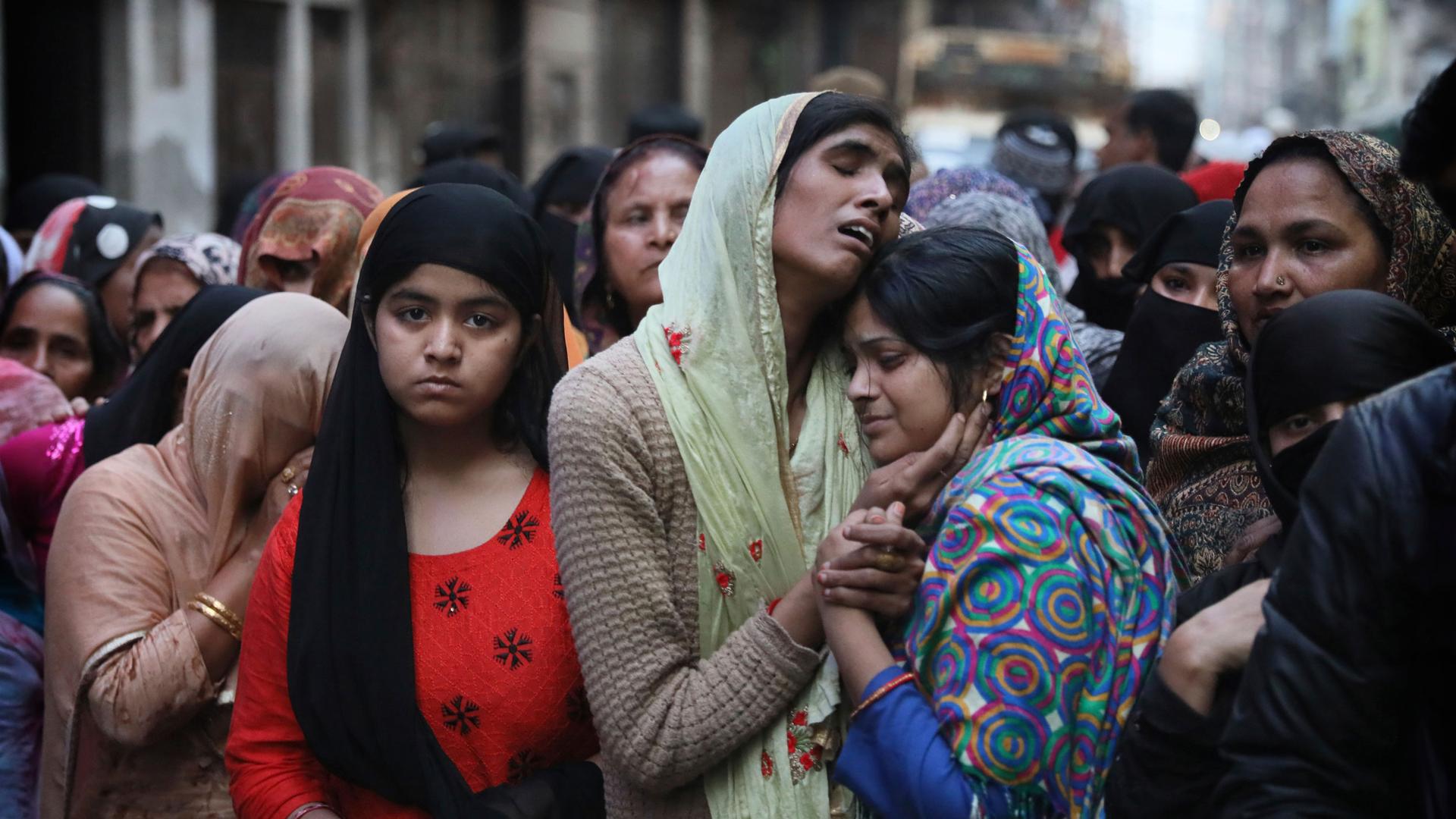Politics is an inherently social activity, and political science tends to focus mostly on the actions of groups. Yet one common consequence of conflict is the atomization of groups — the creation of an environment so chaotic that individuals are forced to make important choices without the benefit of a group decision. This week and next on Deep Dive, we’ll look at research on how individuals — not leaders, but regular people caught in the storm of conflict — make decisions when violence looms.
Related: The limits of non-violence: Part I
A new paper by Aidan Milliff takes this question head on. Milliff investigates individual behavior during one of the most horrible and pressurized situations imaginable: a religious pogrom. In the wake of the assassination of Indira Gandhi in 1984, mobs across India targeted Sikhs in a series of pogroms — Gandhi had been killed by her Sikh bodyguards after launching a campaign of repression against Sikhs. Some 3,300 people were killed in the pogroms, which also permanently displaced 13% of the Sikh population of Delhi.
Related: The limits of non-violence: Part II
Milliff divides responses to this violence into four broad categories: fleeing, hiding, adapting and fighting. Some survivors of the pogroms recount staying silent in their homes as the mob approached, hoping to avoid detection or at least any action that would further inflame the mob. Others, even people who lived in the same neighborhood as those who chose to hide, took weapons and household items to the streets to defend their homes and temples — sometimes successfully, and sometimes at a heavy loss.
Related: Sexual violence in conflict: Part I
How, in the moment the mob approaches, do people choose between these impulses? Milliff argues that the choice is heavily influenced by how people understand two important variables: How well they can predict what is going to happen when the mob arrives, and how much they can influence what will happen when the mob arrives. People who believe themselves to be at the mercy of the mob — that is, to have little control over what happens — are likely to flee (if they cannot predict the extent of the violence) or to hide (if they can predict it and believe they can weather it). People who believe they can limit the mob’s violence — exerting control over the situation — are likely to fight in situations when they cannot predict the mob’s intention, and adapt to a new reality in situations where they can predict and shape the mob’s actions.
Related: Sexual violence in conflict: Part II
Milliff tested this theory by drawing on an archive of over 500 oral histories gathered from survivors of the 1984 pogroms and other, related anti-Sikh violence in the 1980s and 1990s. He combined human coding and text analysis software to evaluate the oral histories based on how the speakers described their beliefs about their ability to predict or control the violence. They combed the transcripts for stories, phrases, metaphors, and direct reflections to gather as much information about the speakers’ perceptions as possible.
The results found by human coders confirmed Milliff’s theory, showing a strong relationship between a sense of control and responding actively or passively to violent threats. The computer coding, which investigated more data but also produced noisier, less precise estimates, showed slightly less strong results on the particulars of choices about fleeing vs. hiding or fighting vs. adapting, but showed very strong results when looking at the bigger picture. According to the computer data, people who had high perceptions of their control and prediction abilities were much more likely to adapt and half as likely to flee as people with low perceptions of both characteristics.
Milliff’s understanding of snap decisions in conflict helps us grasp why there is often so much variation in how people respond to major threats. Going forward, gaining a better understanding of the political and psychological determinants of how people perceive their control and predictability may help people better understand how to assist victims in precarious situations.
